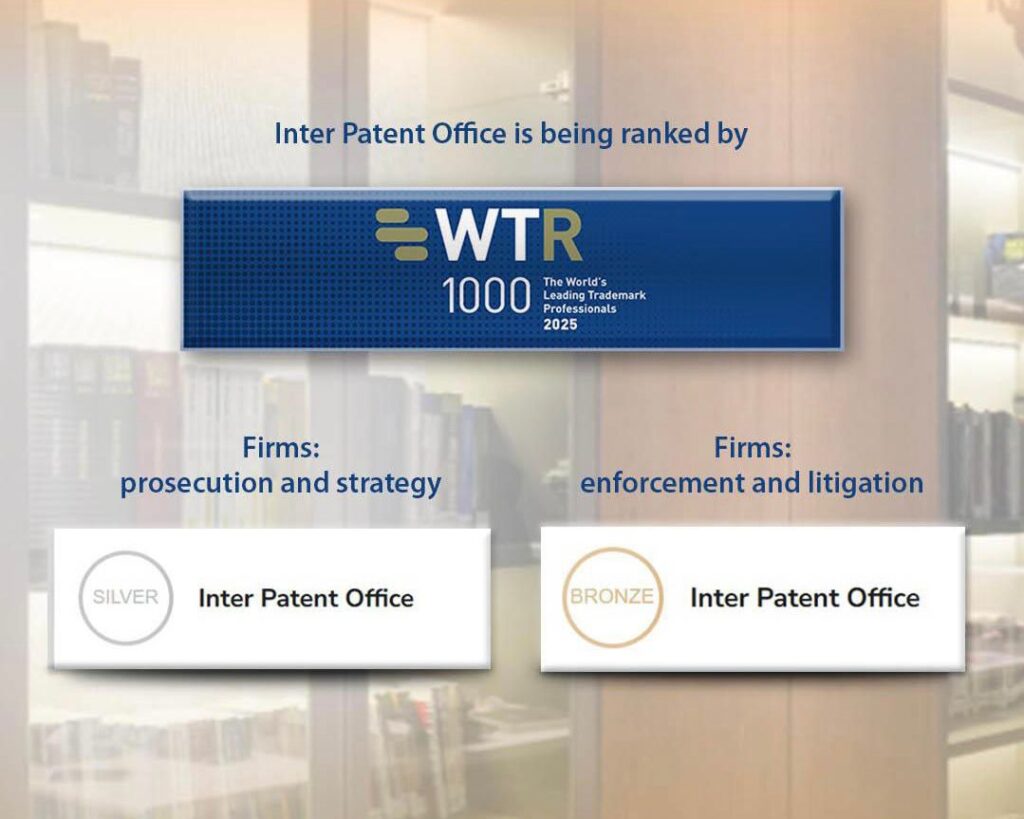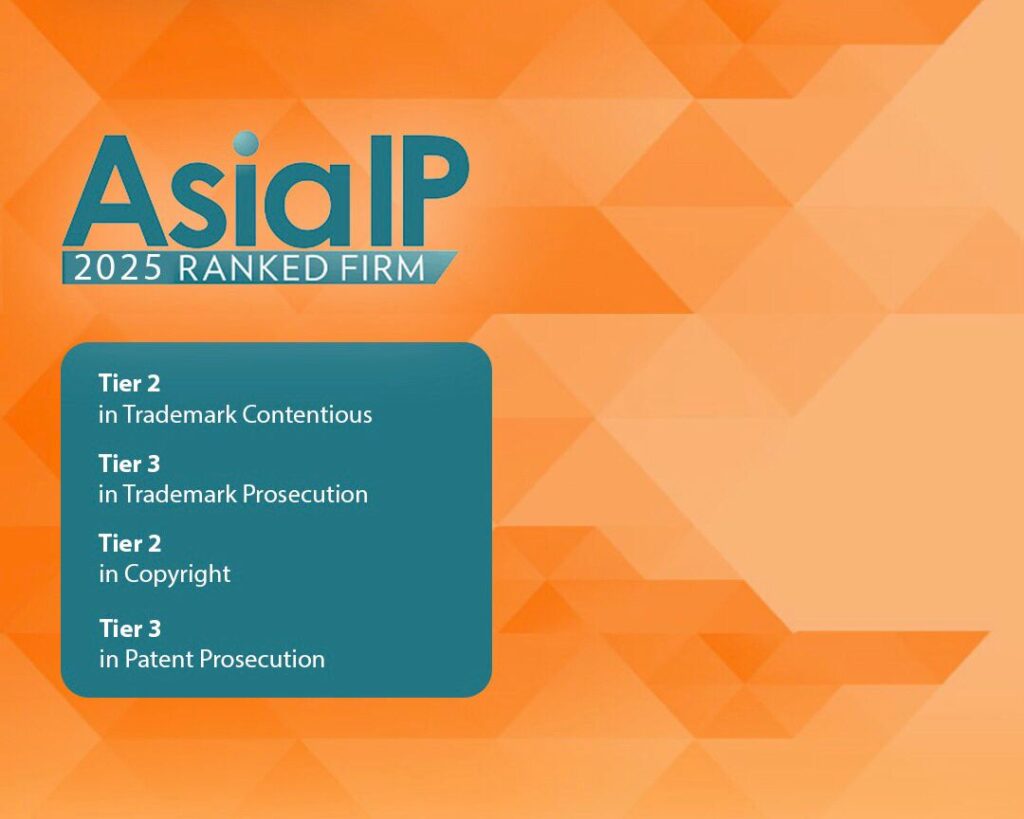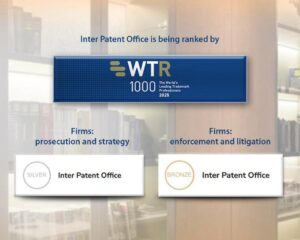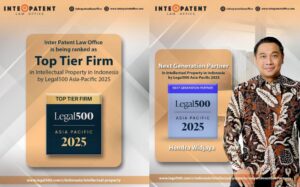- ———
- 10 September 2024
- ———
- Perlindungan Hukum terhadap Ahli Waris dalam Pengalihan Hak atas Merek
Trademarks are used to distinguish goods or services produced by one company from goods or services produced by other similar companies. Trademark is an identifier of the origin of goods and services related to the producer, which shows the guarantee of the personality and reputation of the goods and services of his business when traded. From the producer’s side, the trademark serves to guarantee its production, especially related to quality and use. From the trader’s side, the trademark serves for the promotion of its merchandise in order to find and expand marketing. From the consumer side, the trademark serves to make a choice of goods to be purchased. [1]
Returning to the definition of Trademark as stated in Law Number 20 Year 2016 on Trademark and Geographical Indication (Trademark and Geographical Indication Law), Article 1 number 1 states that Trademark is a sign, which can be displayed graphically in the form of images, logos, names, words, letters, numbers, color arrangements, in the form of 2 (two) dimensions and / or 3 (three) dimensions, sound, holograms, or a combination of 2 (two) or more of these elements to distinguish goods and / or services produced by persons or legal entities in the trading activities of goods and / or services. The Trademark and Geographical Indications Law also regulates the Transfer of Rights to Registered Trademarks, as stipulated in Article 41 paragraph (1) which states that:
“Rights to a registered trademark may be transferred or assigned due to:
a. inheritance;
b. will;
c. waqf;
d. grant;
e. agreement; or
f. other causes justified by the provisions of the legislation.”
Thus, the trademark as a property right can be transferred, either through inheritance, wills, grants or by way of agreement in the form of a notarial deed, or other causes justified by law. All forms of transfer must be registered to be recorded in the General Register of Trademarks. [2]
Can a trademark that is still in the process of applying for trademark registration be transferred? Furthermore, Article 41 section (8) states that the transfer of rights to Trademark can be done during the Trademark registration application process. In the explanation of Article 41, it also states that Trademarks that are still in the process of application for registration can also be applied for recording the transfer of rights.
Inheritance occurs when someone dies and leaves property.[3] What is meant by heirs are people who replace the position of the testator legally regarding the property left by the testator. Inheritance can include a pool of money or other assets that can be called assets (assets) both in the form of money and other intangible assets such as trademarks and liabilities, namely shares or other assets that do not provide interest or profit. [4]
With regard to the protection of heirs regarding the Rights to Registered Trademark there is no provision that regulates clearly in the Trademark and Geographical Indications Law, but it does not become a problem in its practice. The form of legal protection against heirs related to the rights to Registered Trademarks and Trademarks that are still in the application process is a specialized thing where the form of protection can be given by looking at other laws and regulations or principles and views of society. [5]
Inheritance law in the Civil Code is a set of norms that regulate legal aspects related to property after a person dies, especially regarding the transfer of property left by a person who has died and its implications for the recipient of the inheritance.
The rules cover the legal relationship between the beneficiaries and their relationship with third parties. [6] Heirs are given legal protection to ensure that their rights are not disturbed by other parties with the aim that heirs can feel all the rights recognized by law.
As Satijipto Raharjo’s view regarding the theory of legal protection, which explains that “legal protection is a step to provide protection for human rights that are disturbed by other parties”. [7]
A trademark is transferred to another party by way of inheritance to the heirs if stated in the will, grant, agreement, waqf or other reasons allowed in the applicable regulations under Article 41 of the Trademark and Graffic Indications Act.
The transfer of rights may include the transfer of economically viable and tradable trademark rights. [8] According to the Civil Law system, a transfer or assignment of rights consists of two parts:
- “obligatoire evereenkomst” is any agreement that aims to transfer rights, such as a sale or exchange agreement.
- “zakelijke overeenkomst” is the transfer or transfer of the right itself.
The transfer of rights can be done in two ways including: “bizondere title“, namely the acquisition of rights based on the transfer of rights specifically, one by one from one person to another, for example: sale and purchase, gift, exchange, and “algemen title“, namely the acquisition of rights in general and not detailed one by one, for example: inheritance or marriage with the mixing of assets. [9]
In the process of Transferring Trademark Rights, a Deed of Transfer of Trademark Rights (either Registered Trademark or Trademark that is still in the application process) must be made before a Notary.
Before the Deed of Transfer of Trademark Rights can be made before a notary, there will be other supporting documents that are needed to explain the inheritance of the property to the heirs, such as a statement letter of the heirs, Deed of Certificate of Inheritance Rights, Certificate of Inheritance, Testament of the Heir and/or court decision.
Trademark transfer based on inheritance, then the thing that must be considered is the documents related to the transfer associated with the release of rights must be considered with the option of the rules and legal consequences that arise due to the nature of the rule of law pluralism.[10]
Notarial deeds as authentic deeds have the following evidentiary value: outward(uitwendige bewijskracht), formal(formale bewisjskracht), material(materile bewijskracht). This material relates to the certainty about the material of a deed, that what is stated in the deed is valid evidence against the parties making the deed or those who get the right and applies to the public, unless there is evidence to the contrary. The information that is subsequently stated in the deed must be considered to be true. Therefore, the contents of a notarial deed have certainty as the truth, becoming valid evidence between the parties, their heirs, and their beneficiaries”. [11] Transfer of Trademark Rights require a notarial deed aims to ensure legal certainty between the parties to the agreement, provide legal protection for the recipient of Trademark Rights or his heirs as well as including a perfect evidentiary tool.
Trademark Rights are not based on the general provisions in the Civil Code regarding intangible movable property, so that the Trademark Rights are referred to as rights to registered movable property. [12]
After the Deed of Transfer of Trademark Rights is drawn up before a notary, an application for Transfer of Trademark Rights can be submitted to the Directorate General of Intellectual Property Rights (“DJKI”).
This can help protect the rights of registered trademarks, prevent legal disputes, and ensure that the trademark transfer transaction is legally valid. [13]
The importance of regulations related to the transfer agreement of Trademark Rights is to provide a guarantee of legal protection to parties who get economic rights on the transfer of Trademark Rights, especially for heirs. Transfer of Trademark Rights is one of the mechanisms to obtain property rights over Trademark as intangible movable objects.
After the application for the Transfer of Trademark Rights is submitted to the DGIP and all required supporting document are completed, DGIP will examine the application and in the future the transfer will be completed with the issuance of an official letter from the DGIP stating that the Registered Trademark or trademark that is still in the application process has been recorded under the name of the assignee.
This article also appears at the following link:
[1] Suyud Margono, Aspek Hukum Komersialisasi Aset Intelektual (Bandung: CV Nuansa Aulia, 2010), p. 20-21.
[2] Muhamad Djumaha and R. Djubaedillah, Hak Milik Intelektual: Sejarah, Teori Dan Prakteknya Di Indonesia (Bandung: Citra Aditya Bakti, 2003), p. 179-180.
[3] Gatot Suparmono, Hak Cipta Dan Aspek-Aspek Hukumnya (Jakarta: Rineka Cipta, 2010), p. 30.
[4] Andy Hartanto, Kedudukan Hukum Dan Hak Waris Anak Luar Kawin Menurut “Bugerlijk Wetboek”, Cetakan Ketiga (Yogyakarta: LaksBang PRESSindo, 2012), p. 8.
[5] Lestari and Bustani, “Analisis Perlindungan Ahli Waris Merek Setia Hati Terate Berdasarkan Undang-Undang Merek,” p. 14-15.
[6] Setio Prabowo, M. Sudirman, and Cicilia Julyani Tondy, “Perlindungan Hukum Bagi Ahli Waris Terhadap Harta Warisan Yang Beralih Tanpa Persetujuan Ahli Waris,” Jaksa: Jurnal Kajian Ilmu Hukum Dan Politik 1, no. 3 (2023): p. 66, https://journal.univpancasila.ac.id/index.php/imanot/article/view/2784.
[7] Prabowo, Sudirman, and Tondy, p. 68.
[8] Alifia Radhita Widorini and Rahandy Rizki Prananda, “Wewenang Notaris Dalam Pengalihan Perjanjian Lisensi Merek Melalui Jual Beli,” Yurispruden 6, no. 2 (2023): p. 268, https://doi.org/10.33474/yur.v6i2.19743.
[9] Merine Harie Saputri, “Akibat Hukum Bagi Notaris Atas Pembuatan Akta Pengalihan Merek Yang Belum Terdaftar,” Concept: Journal of Social Humanities and Education 3, no. 2 (2024): p. 119.
[10] Widorini and Prananda, p. 267.
[11] Dwi Endah Lestari, “Akta Notaris Sebagai Instrumen Perlindungan Hukum Terhadap Pemegang Hak Atas Merek Dagang,” Jurnal Hukum Dan Kenotariatan 2, no. 2 (2018): p. 231-232.
[12] Widorini and Prananda, p. 270.
[13] Ibid., p. 126.
For more information on how Inter Patent Office can help you with your intellectual property or general legal needs, contact us now!
- Tags
- Ahli Waris Merek, Hak Kekayaan Intelektual, Merek, Pengalihan Hak Merek, Perlindungan Hukum Ahli Waris Merek, Perlindungan Hukum Merek








